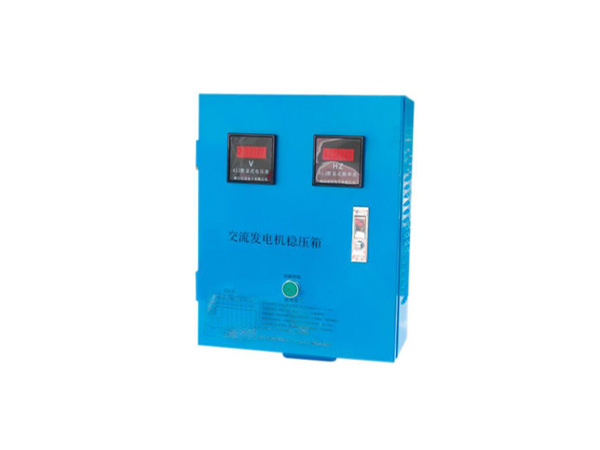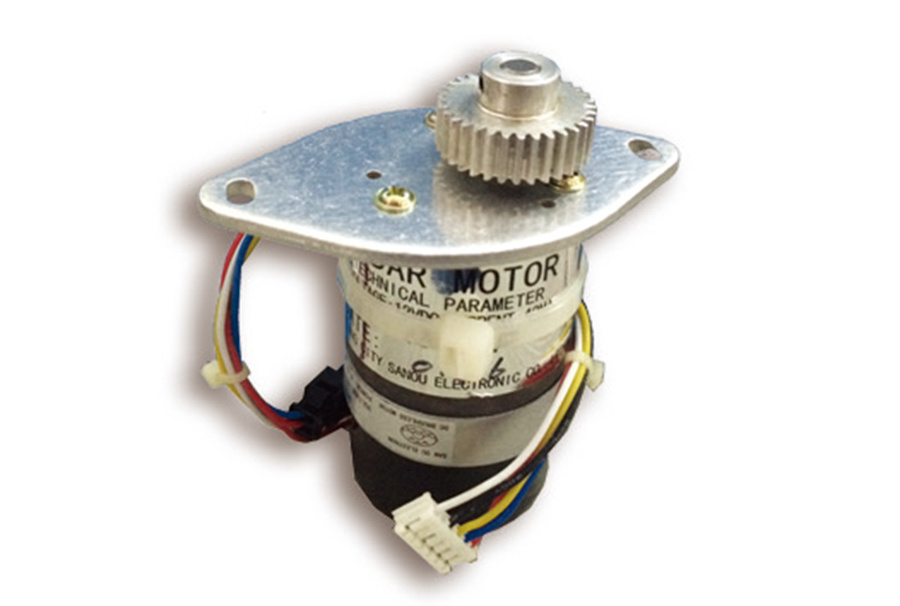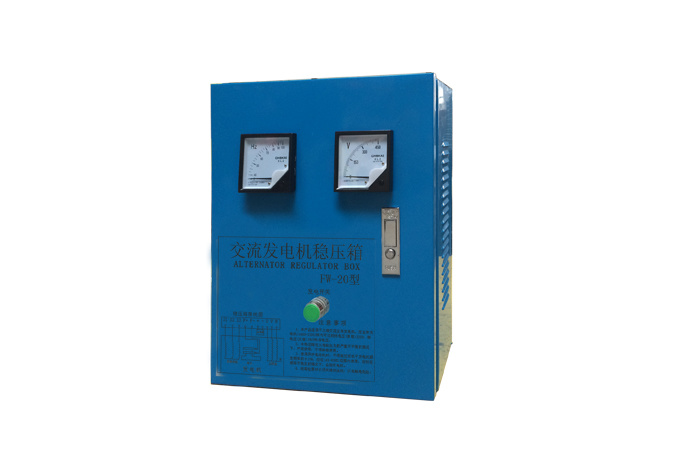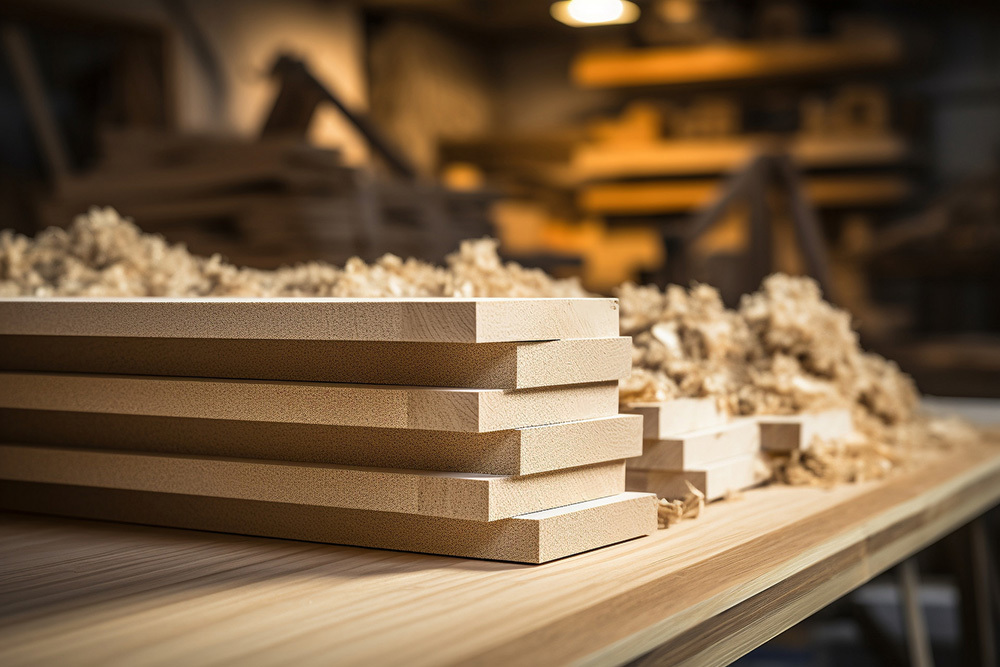News Center
Understanding the Importance of Rudder Angle Feedback Devices in Marine Safety
Understanding the Importance of Rudder Angle Feedback Devices in Marine Safety
Table of Contents
1. Introduction to Rudder Angle Feedback Devices
2. The Role of Rudder Angle Feedback Devices in Marine Navigation
3. Key Components of Rudder Angle Feedback Systems
3.1 Sensors and Measurement Techniques
3.2 Signal Processing and Data Transmission
4. Benefits of Using Rudder Angle Feedback Devices
4.1 Enhanced Maneuverability
4.2 Improved Safety and Collision Avoidance
5. Implementation of Rudder Angle Feedback Systems
5.1 Installation Considerations
5.2 Maintenance and Calibration
6. Real-world Applications and Case Studies
6.1 Commercial Shipping
6.2 Recreational Boating
7. Future Trends in Rudder Angle Feedback Technology
8. Frequently Asked Questions (FAQs)
9. Conclusion
1. Introduction to Rudder Angle Feedback Devices
Rudder angle feedback devices play a crucial role in ensuring the safety and efficiency of marine navigation systems. These devices provide real-time data regarding the position and movement of a vessel's rudder, which is vital for effective steering and maneuvering. By offering precise feedback on rudder angles, these systems help operators make informed decisions, reducing risks associated with navigation.
2. The Role of Rudder Angle Feedback Devices in Marine Navigation
In the complex world of maritime navigation, rudder angle feedback devices serve as a critical component of the overall navigational system. These devices monitor the angle at which the rudder is positioned and relay this information to the vessel's control systems, allowing for better responsiveness and control. The integration of these devices enhances the accuracy of navigation, particularly in challenging conditions such as adverse weather or congested waterways.
3. Key Components of Rudder Angle Feedback Systems
To fully understand the importance of rudder angle feedback devices, it is essential to examine their key components.
3.1 Sensors and Measurement Techniques
At the heart of rudder angle feedback devices are specialized sensors that measure the angle of the rudder. These sensors can utilize various technologies, including potentiometers, inclinometers, and gyroscopic sensors, to provide accurate readings. The choice of sensor depends on the specific application and environmental conditions.
3.2 Signal Processing and Data Transmission
Once the sensors capture the rudder angle data, it is processed and transmitted to the vessel's control systems. Advanced signal processing techniques ensure that the data is accurate and reliable, enabling real-time decision-making. The feedback loop created by these devices allows for immediate adjustments, enhancing the overall control of the vessel.
4. Benefits of Using Rudder Angle Feedback Devices
The implementation of rudder angle feedback devices offers numerous benefits that significantly enhance marine safety.
4.1 Enhanced Maneuverability
One of the primary advantages of rudder angle feedback devices is the improvement in a vessel's maneuverability. By providing accurate and timely information about rudder positioning, these devices allow operators to make swift and precise adjustments, crucial for navigating tight spaces or responding to sudden changes in environmental conditions.
4.2 Improved Safety and Collision Avoidance
Safety is paramount in marine operations. Rudder angle feedback devices contribute to safer navigation by minimizing the risk of collisions. By continuously monitoring rudder angles, these devices help maintain optimal course settings and ensure the vessel responds appropriately to navigational challenges.
5. Implementation of Rudder Angle Feedback Systems
For marine operators considering the integration of rudder angle feedback devices, understanding the implementation process is essential.
5.1 Installation Considerations
Installing a rudder angle feedback device involves several key considerations. The location of the sensors must be carefully chosen to avoid interference from other onboard systems and to ensure accurate readings. Additionally, the device must be compatible with existing navigational systems to facilitate seamless integration.
5.2 Maintenance and Calibration
Regular maintenance and calibration of rudder angle feedback devices are crucial for ensuring their longevity and accuracy. Routine checks should be conducted to verify sensor functionality and to recalibrate the system as needed. This proactive approach mitigates potential issues that could compromise navigational safety.
6. Real-world Applications and Case Studies
The effectiveness of rudder angle feedback devices can be illustrated through various real-world applications.
6.1 Commercial Shipping
In the commercial shipping sector, vessels equipped with rudder angle feedback devices have demonstrated improved navigational accuracy and reduced fuel consumption. By optimizing steering and minimizing course corrections, these devices contribute to operational efficiency and enhanced safety.
6.2 Recreational Boating
Recreational boaters also benefit from rudder angle feedback devices. These systems allow for easier handling of vessels, particularly for novice operators. The ability to monitor rudder positions in real-time enhances confidence while navigating, making boating safer and more enjoyable.
7. Future Trends in Rudder Angle Feedback Technology
As technology continues to advance, the future of rudder angle feedback devices looks promising. Innovations such as integration with artificial intelligence and machine learning are expected to enhance the functionalities of these devices. Improved predictive analytics may provide operators with proactive insights into potential navigational challenges.
8. Frequently Asked Questions (FAQs)
1. What are rudder angle feedback devices?
Rudder angle feedback devices are systems that measure and report the angle of a vessel's rudder, providing essential data for navigation and control.
2. How do rudder angle feedback devices improve safety?
By offering real-time data on rudder positioning, these devices enhance maneuverability and facilitate timely responses to navigational challenges, reducing collision risks.
3. What types of sensors are used in rudder angle feedback systems?
Common sensors include potentiometers, inclinometers, and gyroscopic sensors, each chosen based on specific application needs.
4. Why is regular maintenance important for rudder angle feedback devices?
Regular maintenance ensures that the devices function accurately and reliably, which is crucial for safe navigation.
5. How can rudder angle feedback devices reduce fuel consumption?
By optimizing steering and reducing unnecessary course corrections, these devices improve operational efficiency, leading to lower fuel consumption.
9. Conclusion
Rudder angle feedback devices are essential tools for enhancing marine safety and operational efficiency. By providing critical data on rudder positioning, these systems empower operators to navigate with precision and confidence. As technology continues to advance, the importance of these devices in maritime safety will only grow, making them indispensable for both commercial and recreational vessels. Embracing these innovations is not just a matter of operational efficiency; it is a commitment to safeguarding lives at sea.
Related News
Understanding the Importance of a 12KVA Frequency Stabilizer in Electrical Systems
In the realm of electrical engineering, maintaining a stable frequency is crucial for ensuring that equipment operates efficiently and reliably. A 12KVA frequency stabilizer plays a vital role in managing electrical systems, especially in environments where fluctuations in voltage and frequency can lead to equipment failure or operational inefficiencies. A frequency stabilizer, as the name suggest
Discover the Unmatched Benefits of the Furuno 1832 Radar Motor for Marine Navigation
Explore the Advantages of the Furuno 1832 Radar Motor Table of Contents Introduction to the Furuno 1832 Radar Motor Key Features of the Furuno 1832 Radar Motor Performance Analysis of the Furuno 1832 Safety Benefits of Using the Furuno 1832 User Experience: Ease of Use and Installation Maintenance Tips for the Furuno 1832 Radar Motor Comparing the Furuno 1832 Radar Mot
Understanding the Functionality and Benefits of a 1 in 4 Out Signal Distributor
A 1 in 4 out signal distributor is a crucial component in various electronic systems, particularly in the realm of optoelectronics. Its primary function is to take a single input signal and distribute it evenly across four output channels. This enables the simultaneous transmission of the same signal to multiple devices or locations, which is essential in applications such as audio/video broadcast




